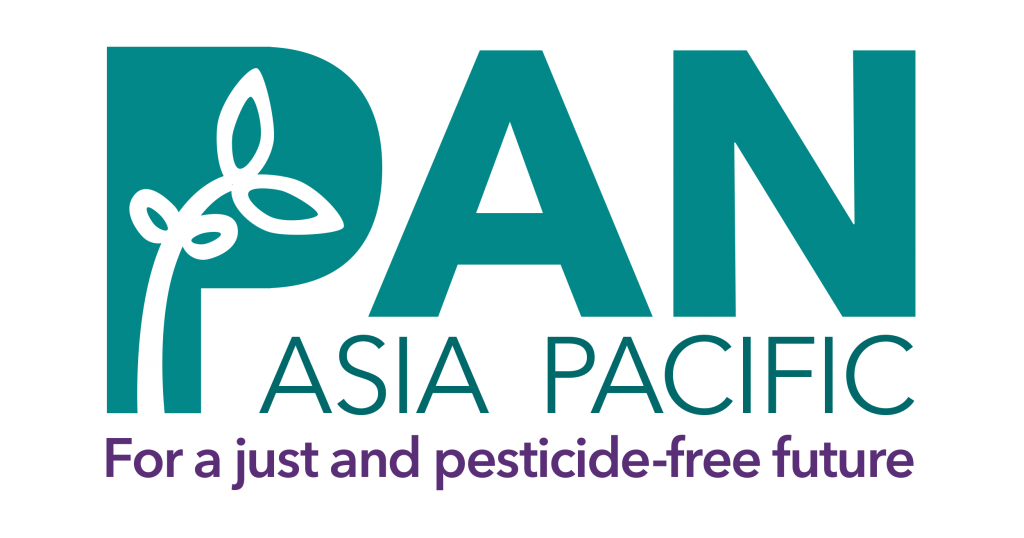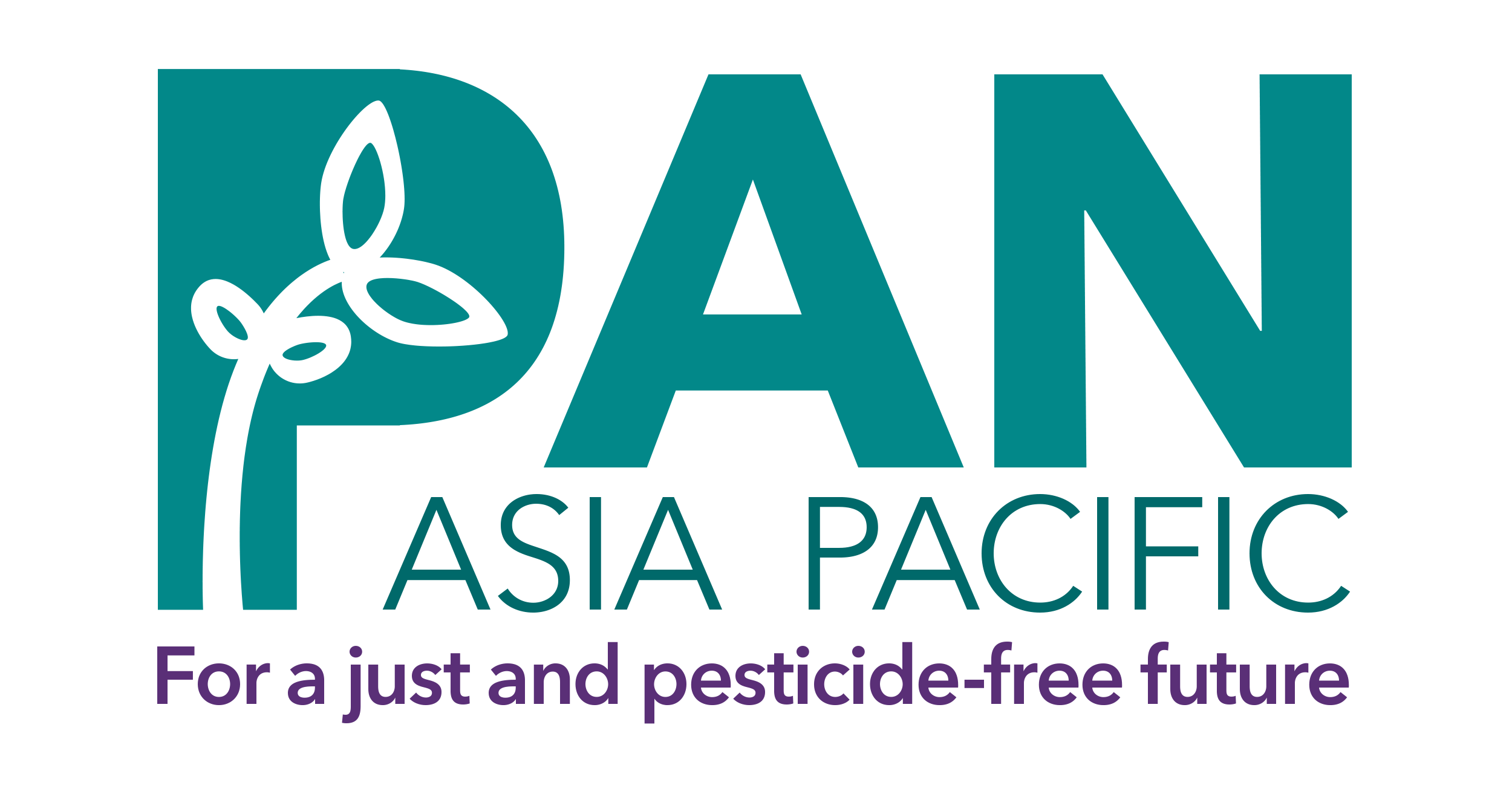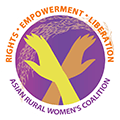The two-week long Triple Conferences of the Parties (COPs) to the Basel, Rotterdam and Stockholm conventions has convened in Geneva, Switzerland, on April 24 and will continue until May 5, 2017.
The Rotterdam Convention on the Prior Informed Consent Procedure (PIC) for Certain Hazardous Chemicals and Pesticides in International Trade (in short, Rotterdam Convention) during Triple COPs will consider five pesticides for listing in Annex III of this convention.
The Convention is a global treaty that provides an early warning to countries on a broad range of hazardous pesticides and industrial chemicals that have been banned or severely restricted for health and/or environmental reasons in other countries to protect human health or the environment.
PAN Asia Pacific (PANAP) fully supports the listing of the pesticides and the severely hazardous pesticide formulations (SHPFs) in Annex III out of concerns over human and environmental damages the pesticides have caused.
The five pesticides that will be brought up for the listing are:
- Carbofuran
- Carbosulfan
- Fenthion formulation
- Paraquat dichloride formulation
- Trichlorfon
The pesticides mentioned above have been found to either affect human health and/or the environment in serious ways. PANAP’s community-based pesticide action monitoring (CPAM) in the Philippines, India, Indonesia and Malaysia revealed the acute and chronic effects of paraquat on agricultural and oil palm plantation workers. The lack of proper washing facilities and personal protective equipment have resulted in the workers’ inhalation of pesticide vapours, and the pesticides’ penetrating their skin, including genitals, leading to dermal, respiratory, circulatory and neurological illnesses.
Paraquat exposure of workers has cost them not only their health, but also their livelihoods and for some, their lives. Paraquat sold under the trade name Gramoxone, has been implicated in the death of about 1,000 people every year in Vietnam. In the long run, even if one survives paraquat poisoning, he or she would still be doomed to life-long suffering due to Parkinson’s disease, kidney failure, heart failure, or esophageal strictures.
Information from countries in Europe, North America and Africa shows the adverse impacts of carbofuran and carbosulfan use on both human health and the environment.
Carbofuran is very toxic to humans and has caused a large number of poisonings. In 2011, 408 cases were reported to the Columbia National System for Public Health Surveillance; while in Thailand, there were 2342 cases of poisoning among farmers in 2003.
Reckless use of carbofuran endangers biodiversity. It has caused a large scale poisoning of birds and small animals, is highly toxic to bees, and poses risks to earthworms and aquatic organisms.
Meanwhile, carbosulfan has potentially genotoxic metabolites and cancer-causing impurities (e.g. N-nitrosodibutylamine). Its major break-down product is carbofuran.
These pesticides, especially carbofuran and carbosulfan, could contaminate the groundwater. With their residues in water and food crops, there is possible exceedance of the Acceptable Daily Intake by consumers. This poses an acute risk to children and adults from consumption of a number of crops.
Fenthion, trichlorfon and paraquat among others are considered by PAN as highly hazardous.
FAO has estimated that 200,000 people die every year as a result of hazardous pesticides and out of this number, 99 percent of the deaths take place in developing countries where health, safety and environmental regulations are generally weaker.
These pesticides should never be used without full protective equipment, however they are impractical to be used in the hot and humid climate of most Asian countries. Existing mechanisms in these countries even fail to safeguard the rights of workers and vulnerable communities, especially children, from the impact of pesticides.
With these circumstances, PANAP fully recommends the listing of the five highly hazardous pesticides in Annex III of the Convention. All five will then be subject to a procedure whereby an informed decision of a country would be needed before consenting or not to future importation of the pesticide. It will also open avenues for developing countries to build their capacity to evaluate these pesticides and adopt agroecological strategies in managing pests.








Discussion about this post